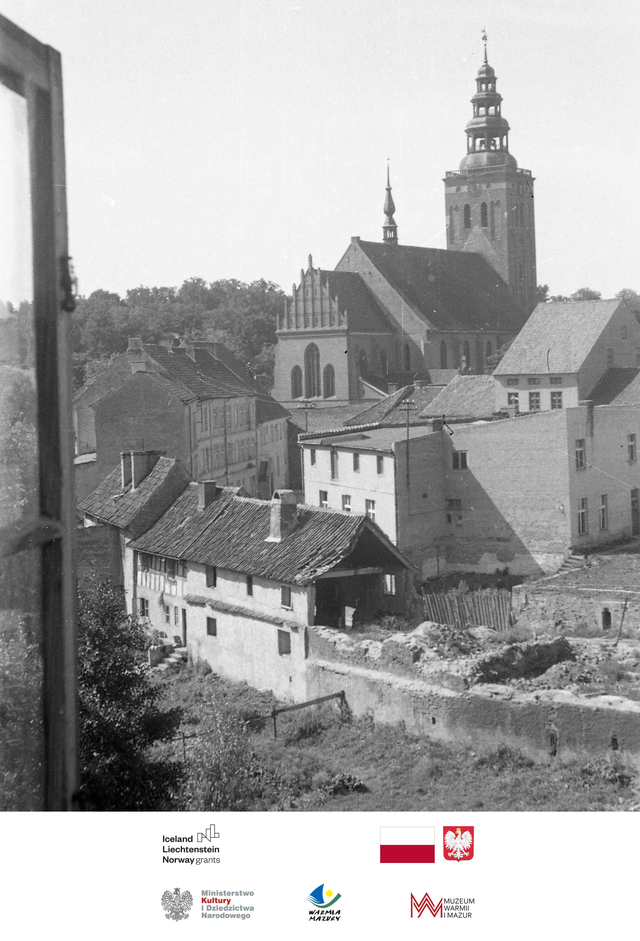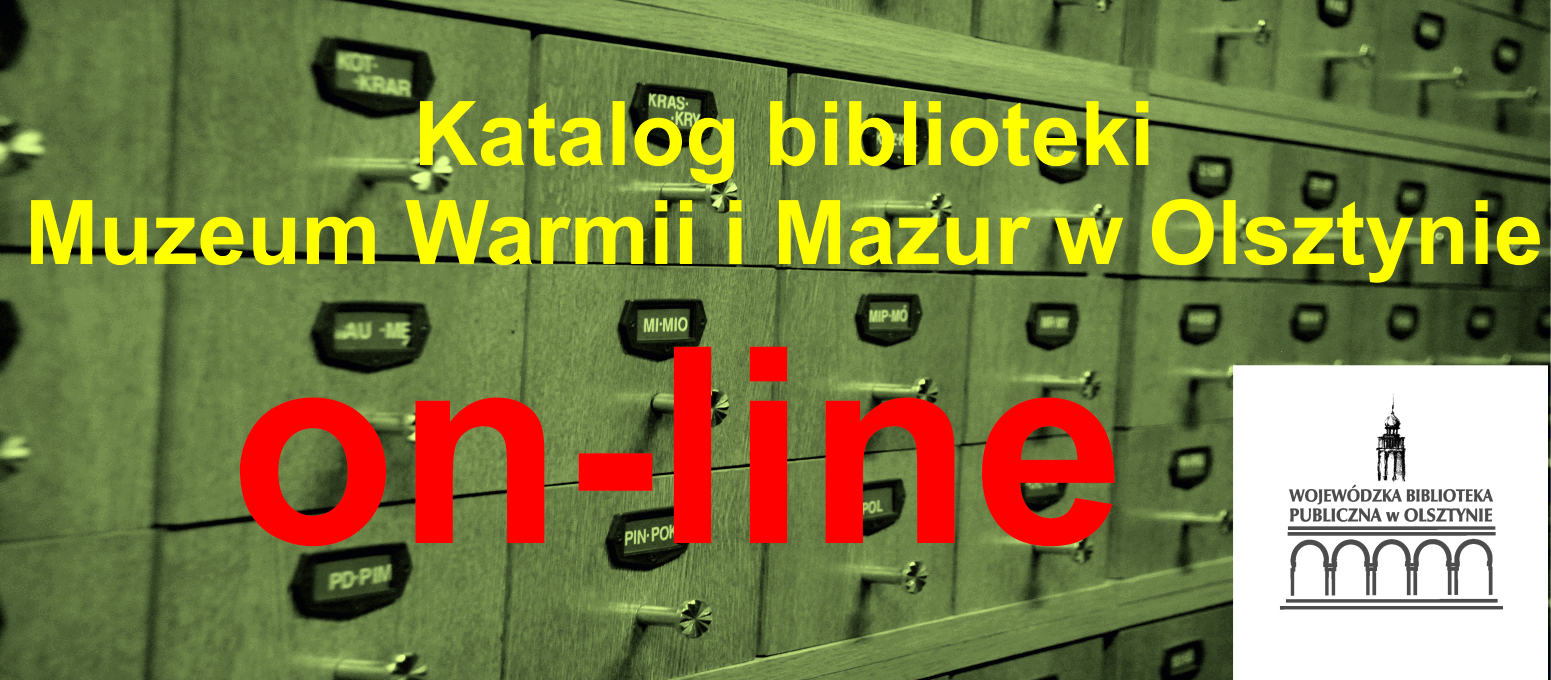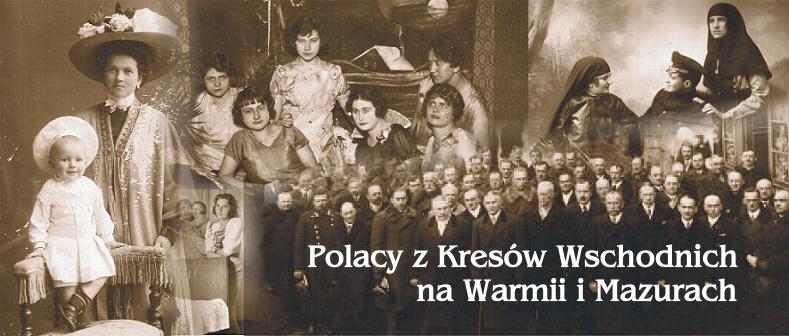The rebuilt watchtower caught the attention of the first bishop Anselm.
It was here that he issued one of the most important documents in the history of the Warmian Church, establishing a chapter composed of sixteen canons who, as an advisory body, stood by their bishop, helping him and sharing governments. One of them made a memorable discovery many years later, recording himself forever on the pages of history...
Meanwhile, in September 1260, the Prussians for the second time took up arms in the fight for freedom. The Teutonic propagandist Peter of Dusburg lied that they had rejected faith in Christ in favor of a return to pagan beliefs. In fact, they were fed up with the numerous burdens imposed on them by the self-proclaimed masters and the unequal treatment of settlers coming from Germany. After all, they could not settle in cities, and the so-called Prussian law excluded women from inheritance, causing the property to be lost in the absence of a male descendant in the family. Pushed out of their worlds, they raised rebellion once again. Lidzbark stronghold was captured by the Prussians in 1261 and was maintained in possession for twelve years. Unfortunately, this uprising also ended in defeat, but the watchtower had to be rebuilt again.
The lonely forest stronghold was not of interest to settlers from outside the Prussian lands, who, living in the vicinity of Heilsberg, would have to clear the forest and make a huge effort to lead a tolerable life. Bishop Eberhard of Nysa was very concerned about this. He wanted newcomers who, with hard work and taxes paid, would fill the pockets of the developing bishopric. Therefore, he made an unusual decision, issuing on August 12, 1308 a location privilege for Lidzbark Warmiński. Why can the action of the ruler be described as extraordinary? Well, the privileges of location in the Prussian lands were usually received by settled settlements, vibrant and promising for the future, and the document was only to confirm the facts, similar to a birth certificate or marriage. An example of such a city is Olsztyn, which received the foundation act on October 31, 1353. The ambusher John of Lajs had previously managed to encourage settlers who, giving faith in his assurances of a dignified existence, came to Łyna. Meanwhile, the area around the Heilsberg watchtower froze in apathy. Eberhard had to act unconventionally.
In the photo; Lidzbark Warmiński in the lens of Władysław Ogrodziński, the fifties.
Mw
Bibliography;
Okulicz-Kozaryn Łucja, Dzieje Prusów, Warszawa 1997.
Sikorski J., Birecki P., Spatial and architectural development of the city, art and products of artistic craftsmanship until 1772, [in:] Historia Lidzbark Warmińskiego. Volume I, ed. Mikulski K., Borodij E., Lidzbark Warmiński 2008.
Meanwhile, in September 1260, the Prussians for the second time took up arms in the fight for freedom. The Teutonic propagandist Peter of Dusburg lied that they had rejected faith in Christ in favor of a return to pagan beliefs. In fact, they were fed up with the numerous burdens imposed on them by the self-proclaimed masters and the unequal treatment of settlers coming from Germany. After all, they could not settle in cities, and the so-called Prussian law excluded women from inheritance, causing the property to be lost in the absence of a male descendant in the family. Pushed out of their worlds, they raised rebellion once again. Lidzbark stronghold was captured by the Prussians in 1261 and was maintained in possession for twelve years. Unfortunately, this uprising also ended in defeat, but the watchtower had to be rebuilt again.
The lonely forest stronghold was not of interest to settlers from outside the Prussian lands, who, living in the vicinity of Heilsberg, would have to clear the forest and make a huge effort to lead a tolerable life. Bishop Eberhard of Nysa was very concerned about this. He wanted newcomers who, with hard work and taxes paid, would fill the pockets of the developing bishopric. Therefore, he made an unusual decision, issuing on August 12, 1308 a location privilege for Lidzbark Warmiński. Why can the action of the ruler be described as extraordinary? Well, the privileges of location in the Prussian lands were usually received by settled settlements, vibrant and promising for the future, and the document was only to confirm the facts, similar to a birth certificate or marriage. An example of such a city is Olsztyn, which received the foundation act on October 31, 1353. The ambusher John of Lajs had previously managed to encourage settlers who, giving faith in his assurances of a dignified existence, came to Łyna. Meanwhile, the area around the Heilsberg watchtower froze in apathy. Eberhard had to act unconventionally.
In the photo; Lidzbark Warmiński in the lens of Władysław Ogrodziński, the fifties.
Mw
Bibliography;
Okulicz-Kozaryn Łucja, Dzieje Prusów, Warszawa 1997.
Sikorski J., Birecki P., Spatial and architectural development of the city, art and products of artistic craftsmanship until 1772, [in:] Historia Lidzbark Warmińskiego. Volume I, ed. Mikulski K., Borodij E., Lidzbark Warmiński 2008.

















